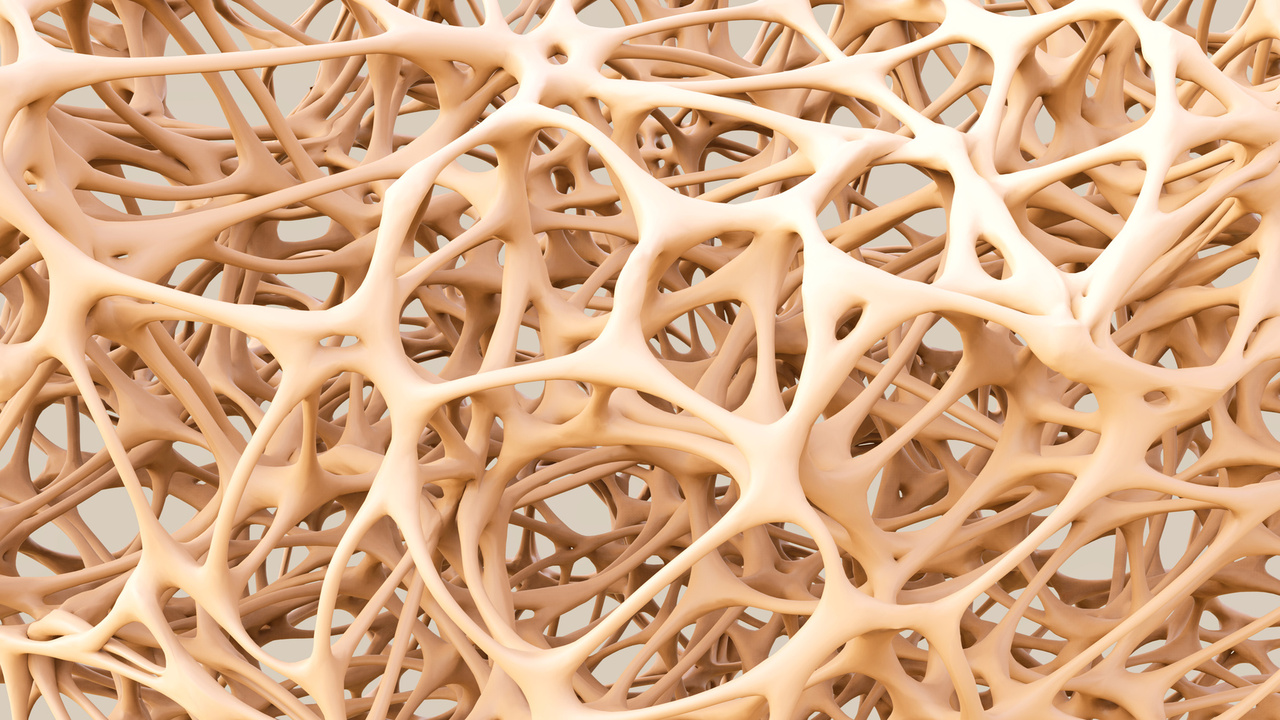Some people with osteoporosis may be intimated by physical exercise, worried that it could lead to fractures. However, using your muscles actually helps protect your bones.
If physical activity has always been a priority for you, you're off to a great start. Bones will lose some of their density with age, but they are less likely to become brittle and break when you incorporate exercise into your lifestyle.
However, it is not too late to begin an exercise program; even after menopause induced bone loss. Regardless of when you start, exercise will allow you to increase your muscle strength, help with balance and coordination, keep you from falling, and maintain bone strength.
There is no specific exercise program that works for everyone- you have to find something you enjoy and that is safe for you. Your doctor can help you in this endeavor by requesting you get a bone density test or a fitness assessment test before you begin any exercise program.
Some good exercise programs include strength training exercises, especially those that focus on the back; weight-bearing aerobic activities; and flexibility exercises. Be sure to ask your doctor or your physical therapist which types of exercises are appropriate for you.
It is advisable that you should not engage in any high-impact exercises if you have osteoporosis. Jumping, running, or jogging increase compression in the spine and lower extremities, which can lead to fractures in any weakened bones. It is better to choose exercises that include slow, controlled movements.
Other exercises that are not advisable for women with osteoporosis, include activities that require you to bend forward, twist your waist, or touch your toes. Avoid doing sit-ups or using a rowing machine. These types of movements put pressure on the bones in your spine, which can contribute to compression fractures.
What do women with severe cases of osteoporosis do? How do patients, too frail to exercise, reap the benefits of muscle development?
New research has shed light on therapies that can trick the bones into thinking they are getting a good workout. The research offering an answer to the question, “How does bone sense mechanical loads?”
Essentially, when bone carries weight during exercise, the bone cells are subjected to fluid flow. This fluid flow is detected by what is known as the primary cilia in bone cells, hair-like organelles found lining the surfaces of some cells.
According to the experts at the Federation of American Societies for Experimental Biology, "This ground-breaking study details the exact biochemical signals used by bone cells to turn the daily work-out into new bone. This research pinpoints new targets for drugs that will allow physicians to break this cycle of frailty, bone loss, and incapacity, so that patients can live longer, healthier, and more active lives."
(Information for this article was found at http://www.mayoclinic.com/health/osteoporosis/HQ00643/METHOD
And www.sciencedaily.com)






Add a CommentComments
There are no comments yet. Be the first one and get the conversation started!